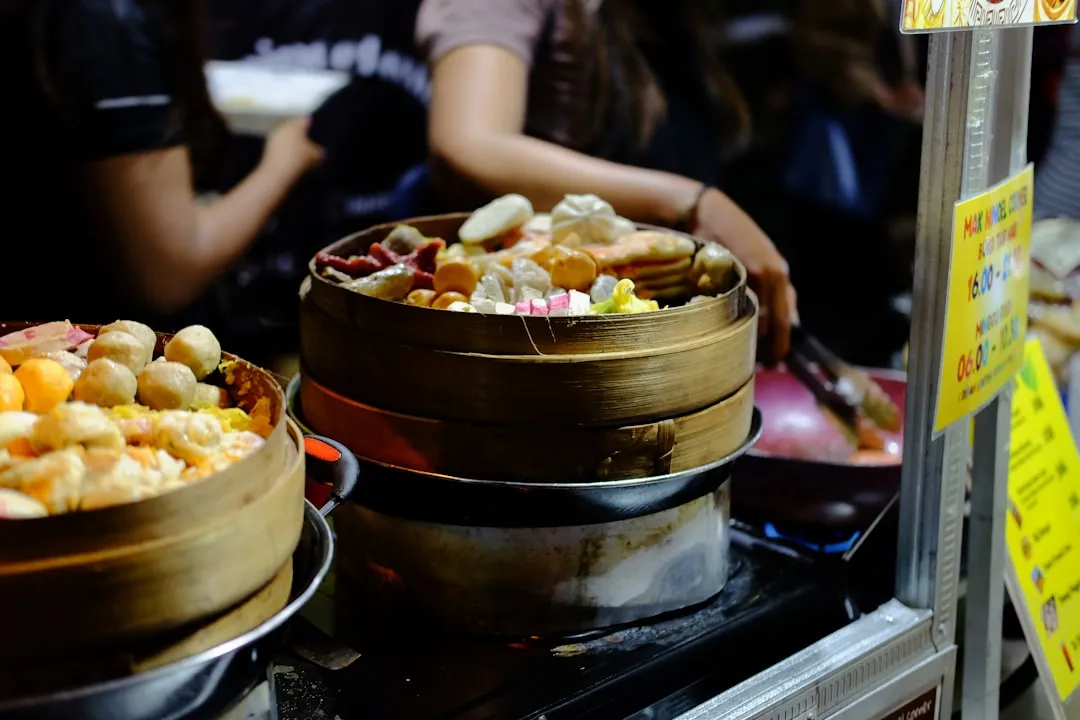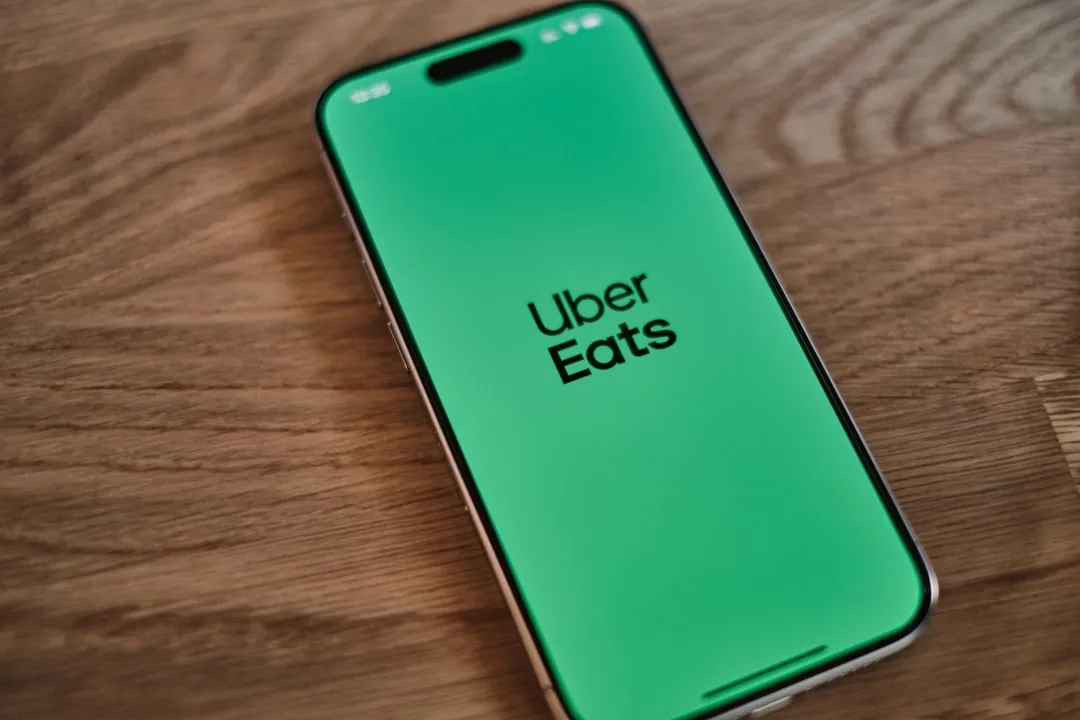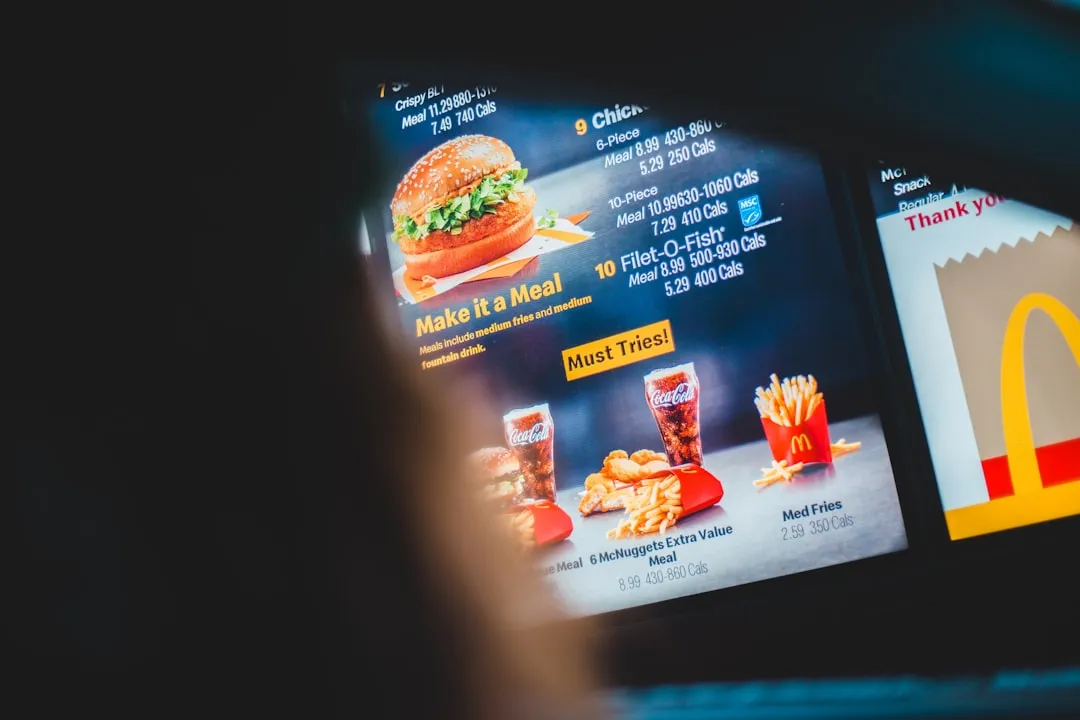5 Chinese Student Food Hacks That Keep Meals Under $3
Difficulty: Novice
Time: 30 minutes prep, 15 minutes cook time
Cost: Under $3 per serving
Living abroad as a student means every dollar counts—especially in the kitchen. Whether you're working with a tiny dorm kitchenette or sharing a cramped apartment space, eating well on a tight budget becomes your daily survival skill. Chinese students studying overseas have cracked this code, turning simple ingredients into satisfying, nutritious meals that won't break the bank.
Here's the reality: university canteens back home serve balanced meals for just 6-15 RMB per serving, but you're facing meal costs of $10-15 or more. With basic groceries alone running 600-800 RMB monthly before currency exchange hits, you need strategies that work.
These five battle-tested techniques will help you create filling, nutritious meals for under $3 per serving using ingredients that store well, cook fast, and transform into multiple different meals throughout your week.
Build Your Rice and Bean Foundation
You'll want to master this first because rice and beans become your best friends when money gets tight. This isn't just about filling up—you're creating a complete protein base that costs pennies per serving and works with dozens of flavor combinations.
What You'll Need
- 2 cups (400g) jasmine rice
- 1 cup (200g) dried legumes (black beans, chickpeas, or lentils)
- Basic seasonings (salt, garlic powder, onion powder)
Start with jasmine rice since rice symbolizes abundance in Chinese tradition and should always be stocked in your pantry. Buy the largest bag your budget allows—the per-pound cost drops significantly with bulk purchases. Pair this with dried legumes that can create balanced meals for less than a couple dollars per serving.
Steps
- Sunday Prep: Cook 4 cups of rice in your rice cooker or pot (2 cups rice + 4 cups water).
- Batch Cook Beans: In a separate pot, cook 2 cups of seasoned beans or lentils with salt and garlic powder.
- Portion and Store: Divide into meal-sized containers—you now have building blocks for fried rice, bean burritos, lentil curry, or rice bowls.
- Mix and Match: Throughout the week, combine with whatever vegetables are on sale.
Why it works: Rice plus legumes creates a complete amino acid profile your body needs for sustained energy during long study sessions. Research shows that eating legumes can improve blood pressure, reduce cholesterol, and even facilitate weight loss.
Master Egg Versatility in Every Meal
Keep a dozen eggs in your fridge at all times—they're your secret weapon for transforming any basic ingredients into a satisfying meal. The humble egg serves as a key item in almost every household and represents one of the secrets to budget cooking.
What You'll Need
- 12 eggs (buy the cheapest per-dozen option)
- Your leftover rice and vegetables
- Basic seasonings (soy sauce, salt, pepper)
Steps
- For Fried Rice: Beat 2 eggs, scramble in hot oil, add cold leftover rice and vegetables, season with soy sauce.
- For Egg Drop Soup: Heat 2 cups of broth, slowly drizzle beaten egg while stirring continuously.
- For Quick Protein: Scramble eggs with any leftover vegetables for instant protein boost.
- For Binding: Use eggs to hold together vegetable patties or coat ingredients for frying.
Students suggest stocking up on eggs because they are versatile, nutritious, and delicious, and you can use them any time of day. Eggs can work well with leftovers, turning yesterday's plain rice into today's restaurant-style fried rice. Eggs work well as the 'glue' that binds things together, helping you create budget versions of expensive dishes.
Why it works: Eggs provide high-quality protein and healthy fats that keep you satisfied longer, preventing expensive snack purchases between meals.
Perfect Your Quick Stir-Fry Method
The magic of stir-fry is that it's versatile, accommodating whatever ingredients you have. This technique, perfected in traditionally very small Chinese family kitchens, maximizes flavor while minimizing cleanup.
What You'll Need
- 2 tbsp cooking oil
- 2 cloves garlic, minced
- 1 tsp fresh ginger, minced (or 1/2 tsp powder)
- Whatever protein you have (eggs, leftover meat, tofu)
- Whatever vegetables are on sale or marked down
Steps
- Heat Your Pan: Get your largest pan or wok screaming hot—medium-high to high heat.
- Start with Aromatics: Add oil, then garlic and ginger. Stir for 30 seconds until fragrant.
- Add Protein First: Cook eggs, meat, or tofu for 2-3 minutes until nearly done.
- Layer by Cooking Time: Add harder vegetables (carrots, broccoli) first, softer ones (spinach, bean sprouts) last.
- Season Simply: Soy sauce, salt, and pepper work for most combinations.
Mastering a stir-fry equips you with essential cooking skills—chopping, sautéing, and seasoning, which form the basis of many dishes. The key is understanding that a balance of flavor, texture and color, and textural differences within a dish are incredibly important to Chinese cooking.
Why it works: High-heat cooking develops complex flavors quickly, making simple ingredients taste restaurant-quality without expensive sauces. A home-cooked stir-fry offers a healthier alternative to ready-to-eat meals while costing a fraction of takeout prices.
Create Filling Smoothies That Replace Meals
Smart students discovered that store brand frozen fruit, a big tub of yogurt and some orange juice, combined with a scoop or two of peanut butter creates a surprisingly filling breakfast smoothie for pretty cheap. This works because you won't need the huge lunch you'd require after eating just cereal.
What You'll Need
- 1 large container plain Greek yogurt (32 oz)
- 2 lbs frozen fruit (whatever's cheapest)
- 1 jar natural peanut butter
- Orange juice or milk for liquid
Steps
- Base Recipe: 1/2 cup yogurt + 3/4 cup frozen fruit + 2 tbsp peanut butter + 1/4 cup liquid.
- Blend Thick: Use just enough liquid to blend—you want it thick like a milkshake, not thin like juice.
- Boost with Greens: Add a handful of spinach (you won't taste it, promise).
- Make It Filling: Extra peanut butter or oats make it more satisfying.
Buy large containers of plain yogurt rather than individual flavored cups—the per-serving cost drops dramatically. Frozen fruits may be cheaper and add nutritional value to your diet, especially when fresh options are expensive.
Why it works: The combination of protein, fiber, and healthy fats creates sustained energy that prevents mid-morning hunger and expensive snack purchases.
Cook One-Pot Meals That Multiply
One thing that students always made at university was curry, and there's genius behind this choice. One cooking session creates multiple meals throughout the week, and these dishes actually taste better the next day.
What You'll Need
- 1 can coconut milk or 2 cups broth
- 1 onion, chopped
- 2 cans beans or 1 lb ground meat
- 2 cans diced tomatoes
- Curry powder, chili powder, or basic seasonings
Steps
- Build Your Base: Sauté onions in oil until soft (5 minutes).
- Add Protein: Brown ground meat or drain and rinse canned beans.
- Pour in Liquid: Add tomatoes, coconut milk, or broth.
- Season Simply: 2 tsp curry powder or chili powder, salt, and pepper.
- Simmer and Forget: Let it bubble for 20-30 minutes while you study.
- Portion for the Week: Divide into containers when cool.
Chili can be prepared in large batches using inexpensive and simple ingredients such as beans, ground meat, and canned tomatoes. Chicken vegetable soup is quick, easy, and packed with an abundance of nutrients, while being a one-pot wonder, reducing cleaning time and allowing more time for studies or leisure.
Why it works: Batch cooking maximizes your time investment while creating meals that improve in flavor over time. Each serving costs under $2, and leftovers make a perfect quick meal for late-night study sessions.
Making These Work in Your Kitchen
These five strategies address your real challenges: limited time, minimal equipment, and tight budgets. Having a repertoire of easy, quick, and healthy recipes can make late nights more bearable and ensure proper fueling during demanding academic schedules.
Start Smart: Conducting a stocktake as an important first step in meal planning, since it's often easier to build a meal plan around items you already have. Pick one technique that appeals to you most, master it over two weeks, then gradually add the others.
Get Help When Needed: Remember that if you're experiencing food insecurity, you can register to receive free food and other essential items through campus resources. These hacks work best when combined with smart shopping and campus support systems designed to help you succeed both academically and nutritionally.
Tip: Start with the rice and bean foundation—it's the most versatile and gives you the biggest impact for your grocery dollar.
























Comments
Be the first, drop a comment!